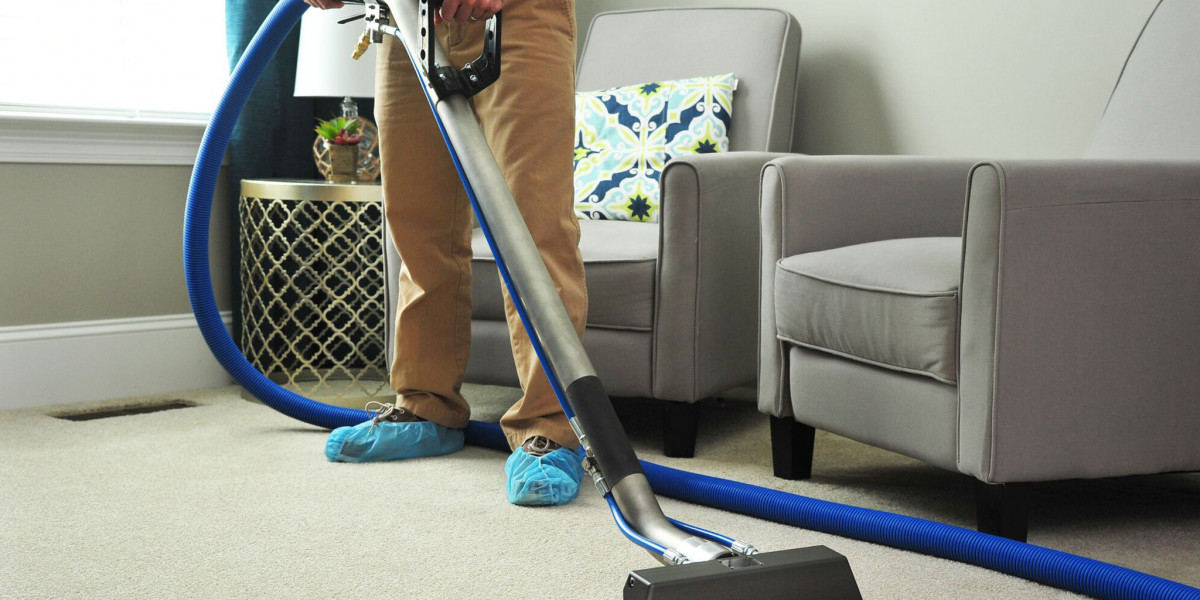Rhinoplasty, commonly referred to as a nose job, is a highly intricate surgical procedure that can significantly enhance facial aesthetics, improve nasal symmetry, and even correct functional issues such as breathing difficulties. While the potential benefits of rhinoplasty are substantial, achieving satisfaction with the results depends largely on the patient’s mindset and expectations. Understanding the importance of realistic expectations is essential for ensuring a positive experience and a successful outcome. Rhinoplasty in Islamabad has become increasingly popular as more people seek to enhance both the appearance and function of their nose.
1. Rhinoplasty is a Complex and Delicate Procedure
The nose is one of the most prominent features on the face, and its shape is determined by a delicate balance of bone, cartilage, and skin. Small adjustments can have a dramatic impact on appearance, but because the anatomy is so complex, even minor variations in healing or surgical technique can influence the final outcome. Unlike some other cosmetic procedures, rhinoplasty is irreversible and requires long-term recovery, often spanning several months to a year for the final result to fully manifest. Recognizing the complexity of the procedure is the first step in developing realistic expectations.
2. Understanding the Limits of Surgery
While rhinoplasty can refine, reshape, and correct nasal imperfections, it cannot create perfection. Each individual’s anatomy, skin type, and healing capacity set natural limitations on what can be achieved. For example, patients with very thick nasal skin may not see the same level of tip definition as someone with thinner skin, and structural limitations may prevent achieving extreme aesthetic goals. A surgeon can enhance symmetry and proportion but cannot completely transform the nose into an idealized or unnatural shape. Realistic expectations involve understanding what is achievable given one’s unique anatomy.
3. The Role of Healing and Swelling
Another factor that emphasizes the need for realistic expectations is the healing process. Swelling and bruising are natural after rhinoplasty and may persist for weeks or months, particularly around the nasal tip. Early post-operative appearance can be misleading, and patients may feel discouraged if the nose appears uneven or swollen initially. It is important to recognize that subtle changes continue for months, and the final refined result emerges gradually. Patience and understanding of the healing process are essential to avoid disappointment.
4. Differentiating Cosmetic and Functional Goals
Patients often pursue rhinoplasty for either cosmetic, functional, or combined reasons. Cosmetic goals may include improving symmetry, refining the nasal tip, or reducing a dorsal hump, while functional goals may address breathing difficulties caused by a deviated septum, nasal valve collapse, or trauma. Setting realistic expectations requires a clear understanding of the procedure’s purpose. Patients seeking primarily cosmetic enhancement must understand that minor asymmetries are common, while those seeking functional improvement should focus on airway restoration as a primary measure of success. A balanced approach that aligns goals with surgical possibilities promotes satisfaction.
5. Managing Psychological Expectations
Psychological readiness plays a critical role in rhinoplasty outcomes. Patients with unrealistic expectations—such as expecting a “perfect” nose or believing the procedure will dramatically change their life—are more likely to experience dissatisfaction. Conversely, patients who approach rhinoplasty with a healthy mindset, acknowledging both the potential benefits and limitations, tend to have higher satisfaction levels. Surgeons often evaluate psychological preparedness during consultations to ensure that patients have realistic goals and are making the decision for themselves, rather than external pressures or social expectations.
6. The Importance of Open Communication with the Surgeon
Clear and honest communication between the patient and surgeon is essential for setting realistic expectations. During the consultation, the surgeon evaluates the patient’s nasal anatomy, discusses achievable outcomes, and explains the potential risks and limitations of the procedure. Visual aids, such as before-and-after photos or computer imaging, help patients understand what changes are possible. This collaborative approach allows patients to make informed decisions and ensures that expectations are grounded in reality.
7. Avoiding Common Pitfalls
Some common pitfalls arise when expectations are unrealistic. Patients may request excessively dramatic changes that conflict with their facial proportions or have difficulty coping with the natural swelling and minor imperfections that occur during healing. Unrealistic expectations can lead to emotional distress, dissatisfaction with results, or unnecessary requests for revision surgery. Understanding the natural limitations of rhinoplasty, the time required for recovery, and the importance of facial harmony helps prevent these challenges.
8. Conclusion
Realistic expectations are fundamental to achieving satisfaction in rhinoplasty. Understanding the complexity of the procedure, acknowledging the natural limitations of individual anatomy, anticipating the healing process, and aligning cosmetic or functional goals with achievable outcomes all contribute to a successful experience. Open communication with the surgeon and psychological preparedness are equally important, ensuring that patients approach the surgery with a clear, informed, and balanced perspective. Rhinoplasty can dramatically enhance both appearance and function, but long-term satisfaction depends as much on mindset and expectations as it does on surgical skill. Patients who enter the procedure with realistic expectations are more likely to enjoy the transformative benefits of rhinoplasty and appreciate the subtle, natural improvements that contribute to facial harmony.













